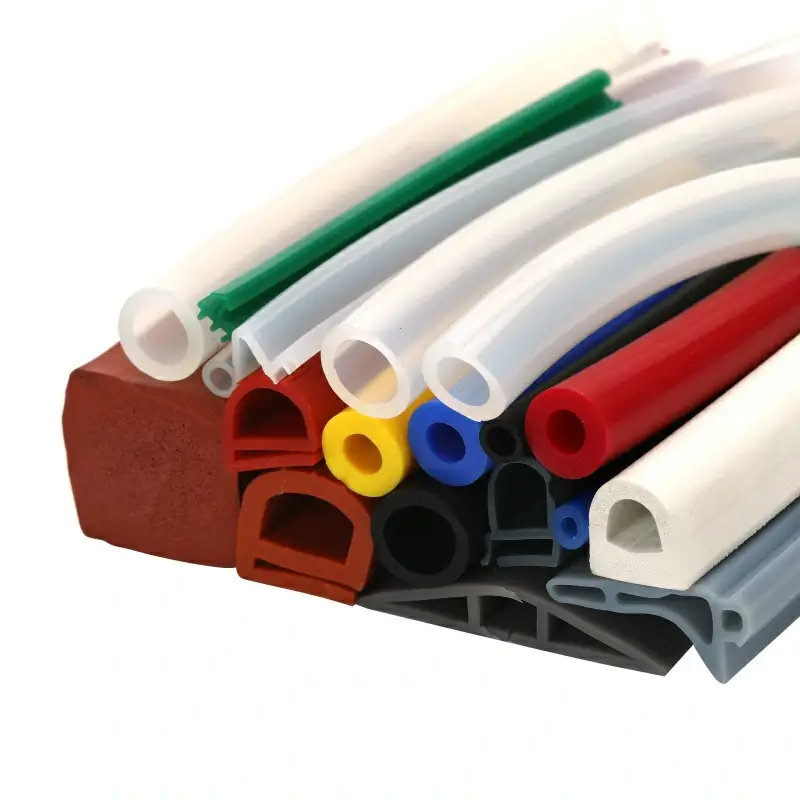Ліст . 09, 2024 12:55 Back to list
Automotive Window Seals for Protecting Car Interiors from Water and Dirt
Understanding the Importance of Car Window Bottom Seals
When it comes to vehicle maintenance and comfort, most car owners focus on the more visible elements like the engine, tires, and paint. However, one often-overlooked component plays a significant role in the overall functionality and longevity of a vehicle the car window bottom seal. This seemingly insignificant strip of rubber or plastic located at the base of the car's windows is vital for several reasons.
What is a Car Window Bottom Seal?
The car window bottom seal is a weather stripping component that helps to prevent water, dirt, and noise from entering the vehicle. Positioned at the lower edge of the window, it acts as a barrier against external elements while also enhancing the vehicle's aesthetic appeal. Typically made from durable materials like rubber or PVC, these seals are designed to withstand different weather conditions and aged wear.
Functions of Car Window Bottom Seals
1. Water Protection One of the primary functions of the window bottom seal is to keep rainwater from seeping into the vehicle. A well-sealed window can prevent leaks that may cause water damage to the interior. Prolonged exposure to moisture can lead to mold growth and deterioration of upholstery, which can be both unpleasant and costly to remedy.
2. Noise Reduction During driving, external noise from wind, traffic, and other elements can become intrusive. The bottom seal helps to minimize this noise, providing a more pleasant driving experience. A well-functioning seal creates a tighter fit between the window and the frame, reducing vibrations and sound penetration.
3. Dust and Dirt Prevention Just as it protects against moisture, the bottom seal also helps keep dust and dirt out of the vehicle. Over time, dirt buildup can lead to mechanical issues with window mechanisms, so a proper seal not only contributes to cleanliness but also to the performance of the vehicle.
4. Energy Efficiency A tight seal around the windows also plays a role in a car’s energy efficiency. It helps maintain the temperature inside the vehicle by preventing hot or cold air from seeping in. This can lead to less reliance on heating or air conditioning systems, ultimately saving on fuel consumption.
car window bottom seal

Signs of Worn or Damaged Seals
Recognizing the signs of a failing window bottom seal is crucial to vehicle maintenance. Common indicators include
- Water Leaks If you notice water pooling inside the car after rainfall, it may be a sign that the seals have become worn or damaged. - Increased Noise A noticeable increase in wind noise or vibrations while driving could indicate that your seals are compromised. - Visible Deterioration Cracks, tears, or a hardened texture on the seals are signs they may need to be replaced.
Maintenance and Replacement
To ensure the longevity of your car window bottom seals, regular inspection is essential. Clean the seals periodically with mild soap and water to remove dirt and debris. Avoid using harsh chemicals that could lead to deterioration.
If you identify signs of wear, replacing the seal is often a straightforward process that can usually be done at home with basic tools. However, if you are unsure, consulting a professional is always a good option. They can recommend the right type of seal for your car model and ensure a proper installation.
Conclusion
While the car window bottom seal may be a minor component in the grand scheme of vehicle maintenance, its importance cannot be overstated. From keeping water and dirt out to enhancing comfort and efficiency, maintaining these seals will provide a better driving experience and preserve your vehicle's interior. Regularly checking and replacing worn seals can save you from significant repairs down the line and ensure your ride remains smooth and enjoyable for years to come.




